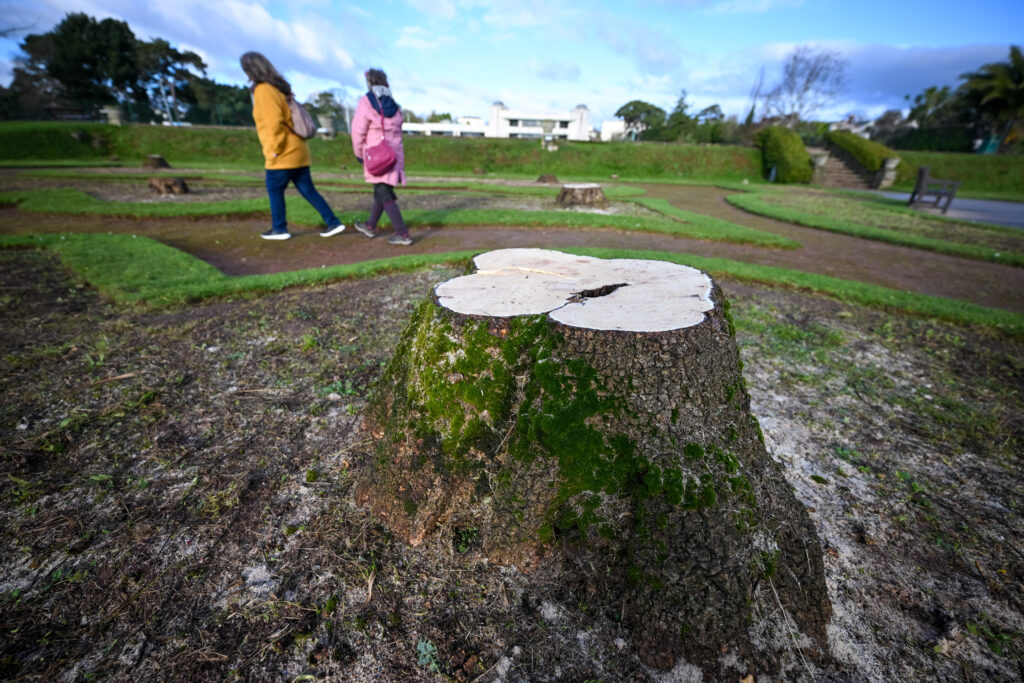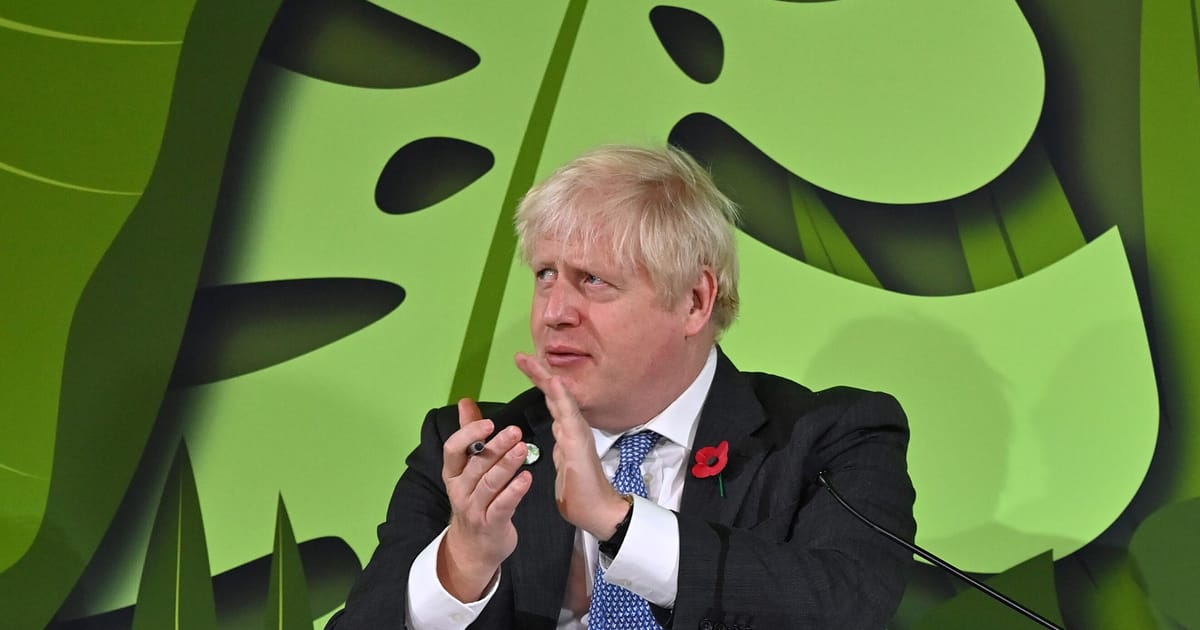“In theory it sounds really good, but in practice it’s very, very complicated. You’re trying to measure something which is intrinsically complicated. Trying to reduce this complex thing called nature into a conventional shape that people like Gresham House can sell on — Friends of the Earth just doesn’t agree with the commodification of nature.”
Nature isn’t carbon
De Zylva is not alone. Although more and more projects of voluntary biodiversity credits are emerging — in Colombia, for instance — experts caution that you can’t trade nature like you trade a ton of CO2 emissions.
Unlike CO2 emissions, which are chemically simple, produce the same effect anywhere in the world and are relatively easy to count, biodiversity is extremely complex, difficult to define and even more so to measure and translate into economic terms.
 The U.K. nature-pricing scheme came into full force in England earlier this year. | Finnbarr Webster/Getty Images
The U.K. nature-pricing scheme came into full force in England earlier this year. | Finnbarr Webster/Getty Images
Then there is the problem of attracting capital. The U.K.’s BNG scheme, as a compliance market, is very much in the minority. Most schemes, or proposed schemes, are voluntary, relying on demand from corporates or investors who simply want to improve their green image.
“At the moment, demand is very thin,” admitted Edmund Pragnell, nature finance lead at CreditNature.
Pragnell’s company has been working with the Scottish government to kick-start a voluntary biodiversity credit scheme where local farmers will be paid to restore their land and farm more sustainably. The cost of the projects will be covered by selling credits to corporates.
